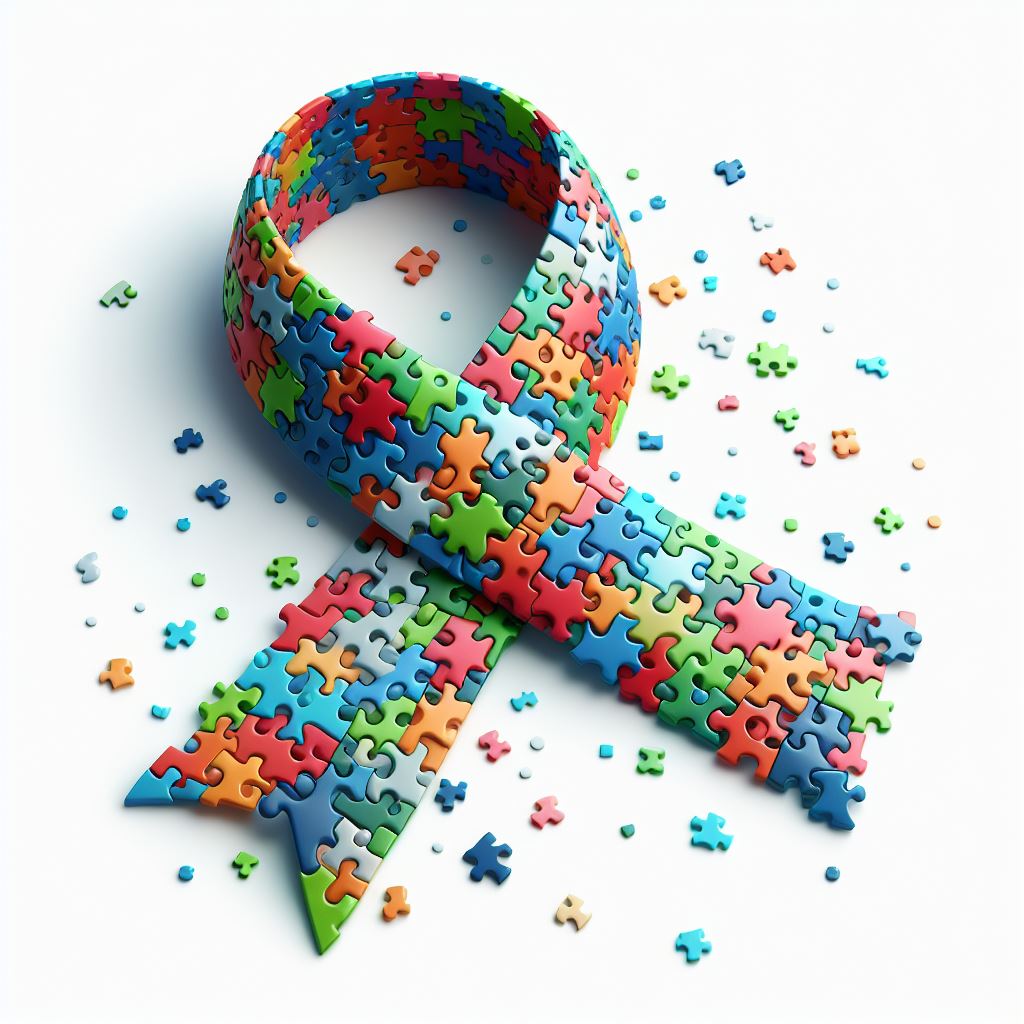Recognizing Autism: A Comprehensive Overview to Signs And Symptoms and signs
Autism Range Problem (ASD) incorporates a variety of qualities that can substantially influence an individual's social communications and day-to-day functioning. Acknowledging the indications and signs and symptoms, such as difficulties with eye call, social communication problems, and sensory sensitivities, is important for very early intervention. Understanding these nuances not just aids caretakers and educators in providing appropriate assistance but also cultivates a more comprehensive environment for people with ASD. As we check out the intricacies of autism, it ends up being vital to consider how these indicators show up in different ways across the spectrum and what implications they hold for reliable intervention strategies.
Summary of Autism Range Condition
Defining Autism Range Disorder (ASD) includes acknowledging it as a complicated neurodevelopmental condition defined by a variety of obstacles in social communication, interaction, and behavior patterns. The term "spectrum" reflects the large irregularity in signs and their intensity, which can differ substantially from one individual to one more. ASD generally shows up in very early childhood, although some people might not receive a diagnosis up until later on in life.
Factors affecting the advancement of ASD consist of genetic predispositions and environmental aspects, although the exact causes stay under examination. Diagnosis commonly relies on behavior assessments, as there are no clear-cut clinical examinations for ASD. Early treatment is critical and can dramatically improve results, concentrating on enhancing communication skills, social interactions, and flexible habits.
Individuals with ASD might additionally display special strengths, such as extraordinary attention to detail or certain locations of experience. Understanding the multifaceted nature of ASD is vital for promoting an inclusive environment that fits neurodiversity. Continued study is essential for establishing reliable treatments and support group, allowing individuals with ASD to prosper and satisfy their possible within culture.
Usual Indicators of Autism
Acknowledging the usual indicators of Autism Range Problem (ASD) is vital for early recognition and treatment. These indicators can vary extensively in seriousness and presentation, yet certain qualities are frequently observed in people with ASD.
One of one of the most common signs is a significant trouble in preserving and developing eye call. People may also show minimal passion in social communications and reveal a choice for singular play. Repeated habits, such as hand-flapping, shaking, or spinning objects, often arise early in youth. Additionally, some youngsters might develop rigorous regimens and become distressed if these routines are interrupted.
Sensory level of sensitivities are additionally common; people might overreact or underreact to sensory stimuli, such as sounds, appearances, or lights. autism. Language development can be irregular, with some kids showing delayed speech or making use of language in unusual methods, consisting of echolalia-- repeating sentences or expressions listened to elsewhere
It is vital to note that not every individual with ASD will certainly present all these indicators, and the degree of these behaviors can differ substantially. Early acknowledgment permits for timely support and resources, enhancing the lifestyle for those on the spectrum.
Social Communication Challenges
Social communication difficulties are a hallmark of Autism Range Condition (ASD), influencing a person's ability to involve successfully with others. These problems can show up in various methods, including difficulties in initiating and maintaining conversations, comprehending social cues, and reacting properly in social communications.
Individuals with ASD might have a hard time with nonverbal interaction, such as eye get in touch with, faces, click here now and body language. This can lead to misconceptions, as their communicative intent may not be properly translated by others. Additionally, they may discover it difficult to comprehend the nuances of tone and context, which are essential for reliable communication.
In group setups, individuals with ASD might really feel overwhelmed and might not understand how to join in conversations (autism). They may additionally display atypical conversational patterns, such as monologuing regarding specific rate of interests without identifying social reciprocity
Additionally, these challenges can result in social isolation or difficulties in creating connections, as peers may misunderstand their behavior or communication design. Comprehending these social communication challenges is essential for cultivating encouraging atmospheres that promote social skills growth and improve the high quality of interactions for individuals on the autism range.
Sensory Actions and sensitivities
Several individuals with Autism Spectrum Disorder (ASD) experience heightened sensory level of sensitivities that can significantly influence their day-to-day lives. A person with ASD may locate day-to-day noises, such as a vacuum cleanser or crowded settings, extremely distressing, leading to anxiousness or meltdowns.
Sensory processing differences in individuals with ASD can additionally affect their ability to participate in social communications and regular tasks. As an example, a kid that is sensitive to touch may resist physical affection or avoid certain clothing materials. A preference for specific structures or preferences can browse around these guys limit nutritional alternatives and produce challenges throughout mealtimes.
Understanding these sensory level of sensitivities is essential for acknowledging the one-of-a-kind experiences of people with ASD. Awareness of their sensory profiles can promote better interaction and assistance strategies, producing an environment that accommodates their needs and improves their lifestyle. Ultimately, acknowledging sensory sensitivities is a crucial component of comprehending the broader spectrum of autism.

Supporting Individuals With Autism
Effective support for individuals with Autism Spectrum Disorder (ASD) is crucial for boosting their general wellness and cultivating independence. Assistance strategies should be tailored to fulfill the one-of-a-kind requirements of each person, considering their staminas and obstacles.

Social skills training can additionally play a crucial function. autism. Involving individuals in group activities or role-playing situations can enhance their capability to browse social communications. Additionally, it is important to inform household participants, caretakers, and peers concerning ASD to cultivate a comprehensive and encouraging community
Final Thought
By cultivating improved interaction and social abilities, individuals with autism can browse their settings a lot more successfully. Ultimately, raised understanding and support can dramatically enhance the quality of life for those impacted by ASD.
Autism Spectrum Problem (ASD) includes a wide range of features that can considerably affect a person's social interactions and everyday functioning.People with ASD might have a hard time with nonverbal communication, such as eye contact, facial expressions, and body language.Lots of individuals with Autism Range Condition (ASD) experience heightened sensory level of sensitivities that can significantly influence their everyday lives.Sensory handling differences in individuals with ASD can additionally influence their capability to involve in routine activities and social communications.Comprehending these sensory sensitivities is important for recognizing the special experiences of people with ASD.
Comments on “Understanding the Spectrum: A Comprehensive Guide to Autism Understanding”